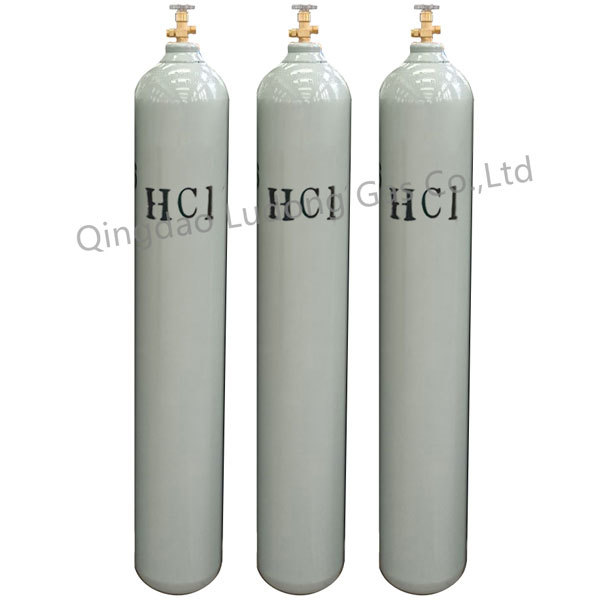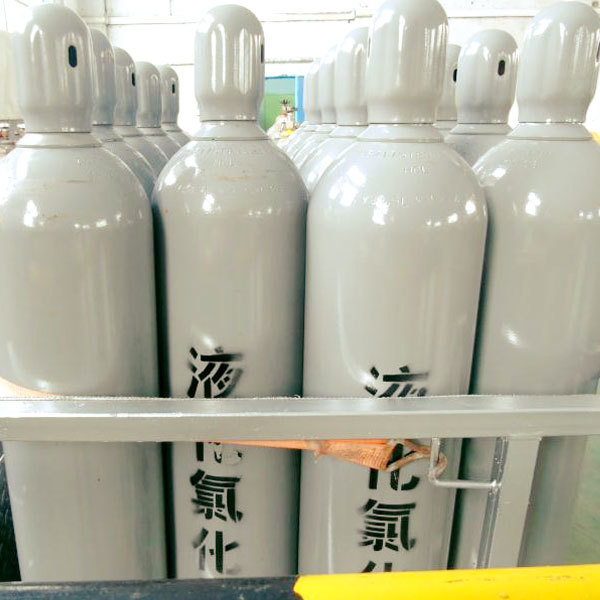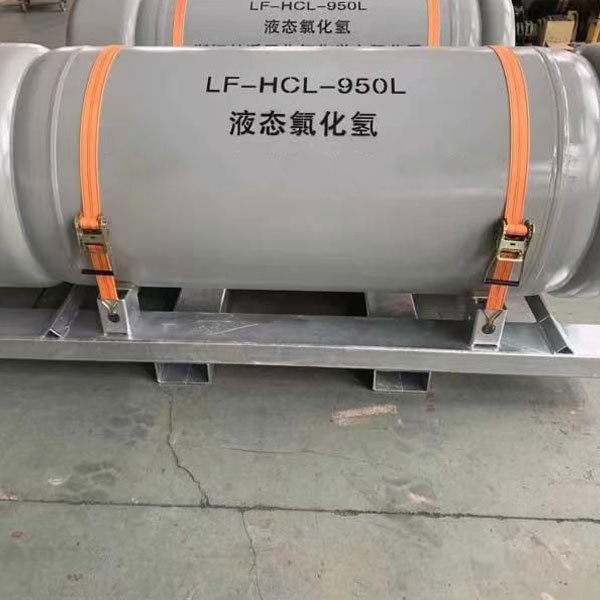CLASSIFICATION
HCL-Hydrogen Chloride
Keywords:
Category:
Specialty Gas

Hotline:
HCL-Hydrogen Chloride
Hydrogen chloride has the chemical formula HCl. A hydrogen chloride molecule is composed of a chlorine atom and a hydrogen atom. It is a colorless gas with a pungent odor. Corrosive, non-combustible gas, does not react with water but is easily soluble in water. It is often present in the air in the form of hydrochloric acid fumes. Hydrogen chloride is easily soluble in ethanol and ether, and also soluble in many other organic substances; very easily soluble in water, at 0°C, 1 volume of water can dissolve approximately 500 volumes of hydrogen chloride.
Hydrogen chloride is used in the petrochemical industry to promote the effectiveness and regeneration of catalysts and increase the viscosity of petroleum; it can be used to produce chlorosulfonic acid, synthetic rubber, etc.; it can also be used to make dyes, fragrances, drug synthesis, various chlorides and corrosion inhibitors, and clean , Pickling, electroplating metal, tanning, refining or manufacturing hard metal.
Hydrogen Chloride (or HCL gas), is a toxic gas which is important in the semiconductor industry. HCL has many other uses; for instance, it’s used to produce certain chemicals, metals, petroleum, textiles, and even some food products such as gelatin, soy sauce, and vegetable protein. At room temperature, it’s a colorless gas with a rather pungent smell. When dissolved in water, it is one of the strongest known and toxic acids. And, when it reacts to common metals it yields hydrogen, which can be explosive when it comes in contact with air.
HCL is just one of several harsh gases and acids that are processed daily in many manufacturing facilities around the world. Others include ammonia, chlorine, hydrogen bromide, sulfur dioxide, nitrogen trifluoride, phosphorous, and silicon tetrachloride. The one thing these harsh chemicals all have in common is that they require strong safety processes and procedures in order to handle and process. Here are the tools you need for mixing, storing, transferring, and preparing these types of hazardous chemicals.
Hydrogen chloride is produced by the direct reaction of hydrogen and chlorine instead of as a by-product of the manufacture of chlorinated hydrocarbons. It is inherently pure as a result and has applications in industries including pharmaceutical and petrochemical. High purity hydrogen chloride used in the semiconductor industry is produced by further reaction with catalysts as well as absorption techniques to remove impurities.
Standard Specifications
|
Purity / Assay |
3.0 |
5.0 |
|
Permanent Gases (H2+N2+Ar+O2) |
< 750 |
H2 < 2.0 ppm |
|
Carbon Monoxide |
< 50 |
< 0.1 ppm |
|
Carbon Dioxide |
< 40 |
< 1.0 ppm |
|
Chlorinated Hydrocarbons |
< 2 |
-- |
|
Bromine / Chlorine |
< 3 |
-- |
|
Methane |
-- |
< 0.1 ppm |
|
Moisture |
< 5 mg/kg |
< 0.75 ppm |
|
Fe |
-- |
< 3 ppbw |
|
Ni |
-- |
< 2 ppbw |
|
Zn |
-- |
< 5 ppbw |
|
Cd |
-- |
< 1 ppbw |
|
Pb |
-- |
< 2 ppbw |
|
Cr |
-- |
< 1 ppbw |
|
Cu |
-- |
< 1 ppbw |
|
Na |
-- |
< 5 ppbw |
|
As |
-- |
< 1 ppbw |
|
P |
-- |
< 5 ppbw |
|
Sb |
-- |
< 1 ppbw |
|
B |
-- |
< 1 ppbw |
Standard Cylinder Sizes and Fill Volumes
|
Cylinder Information |
|
|
Cylinder Size |
Fill Volume (kg) |
|
1000L |
660 |
|
900l |
550 |
|
Y cylinder |
272 |
|
44L cylinder |
25 |
If you require a different container size please contact us.
Technical Information
|
Technical Data |
|
Shipping Information |
|
|
Molecular Weight (g/mol) |
36.461 |
Shipping Name |
Hydrogen Chloride, anyhydrous |
|
Liquid Density (kg/m³) |
1192 |
Hazard Class |
2.3 (8) |
|
Gas Density (kg/m³) |
1.552 |
UN No. |
UN 1050 |
|
Boiling point (°C) |
-85 |
Hazard Label |
Toxic, corrosive |
|
Specific Volume (m³/kg) |
0.66 |
CAS No. |
7647-01-0 |
|
Vapour Pressure (bar.a @ 20°C) |
47.2 |
|
|
|
Valve Outlet |
CGA 660 / DIN 8 |
|
|
RELATED PRODUCTS
MESSAGE BOARD
We can`t progress and develop without your support and trust. If you have any request or suggestion for our products or service, pls contact us.





